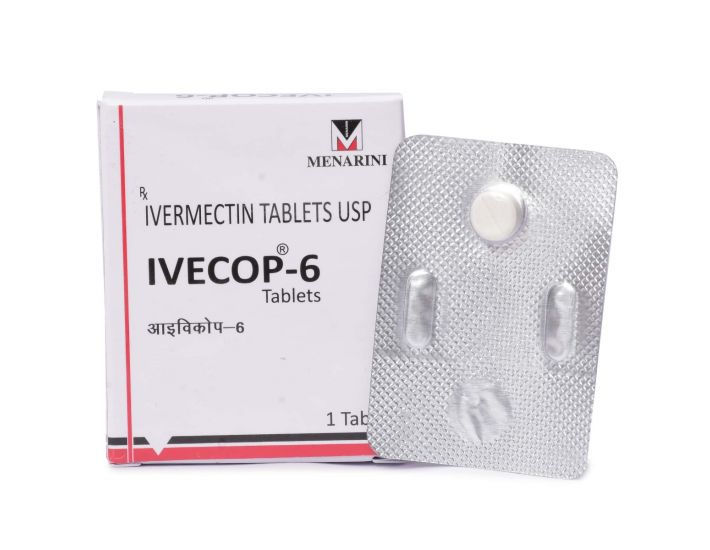Ivermectin in Long-Covid Patients: A Retrospective Study
- info
- Sep 24, 2021
- 6 min read
Updated: Sep 25, 2021
Introduction
Current Knowledge on Long Covid: There has been an increasing number of reports of COVID-19 symptoms extending beyond the acute phase of infection, named "long COVID"; and its sufferers are known as “long haulers”. A range of multiorgan complications following COVID-19 infection – including respiratory, cardiovascular, metabolic, and renal impairments – have also been hypothesized [1]. In a survey by the UK Government's Office for National Statistics in November 2020, around one in five people who tested positive for COVID-19 had symptoms that lasted for 5 weeks or longer, and one in ten people had symptoms that lasted for 12 weeks or longer. These figures equate to an estimated 186 000 individuals in England who had symptoms persisting between 5 and 12 weeks [2]. Adults with severe illness who spend weeks in intensive care, often intubated, can experience long-lasting symptoms, but that’s not unique to patients with COVID-19. What’s unusual about the long haulers is that many initially had mild to moderate symptoms that didn’t require lengthy hospitalization-if any let alone intensive care. In some organs, especially the lungs, those changes persist far past the point at which patients have stopped shedding the virus [3]. The list of long hauler symptoms is long, wide, and inconsistent. The most common long hauler symptoms include

Brain fog is among the most confusing symptoms for long haulers. Patients report being unusually forgetful, confused, or unable to concentrate. This can happen to people who were in an intensive care unit for a while, but it’s relatively rare. Any well-trained Medical Doctor can tell –from the way a COVID-patient talks- if he is still suffering a brain fog, as the voice sounds like that of a nearly drunken person. There's not a lot of information on long haulers, who only recently received attention from experts because it’s also so new. The vast majority of long haulers test negative for COVID-19. One theory about patients with long-term COVID-19 symptoms is that the virus possibly remains in their bodies in some small form.
Other factors like ACE2 density in tissues, vascular permeability, coagulation, and cytokine activation cascade appear to determine a progression to a prolonged, less lethal but more incapacitating clinical picture [5]. This could lead to a significant surge of people battling lasting illnesses and disabilities. Symptoms lasting several weeks and impairing a person’s usual function should not be called mild, neither should the subject be considered up to returning to usual activities so quickly. Restoring such a subject to his ordinary labor tasks is a potential risk for both himself and his co-workers. Defining and measuring recovery from COVID-19 should be more sophisticated than checking for hospital discharge, or testing negative for active infection or positive for antibodies. Once recovery is defined, we can differentiate COVID that quickly goes away from the prolonged form [6]. The terms “COVID long haulers,” “long COVID,” and “Post COVID Syndrome,” have all been used interchangeably in recent months to describe individuals who have been infected with the SARS-CoV-2 and continue to experience symptoms after “recovery.”
These subsets include a. Critically-ill patients, almost all who have been admitted to intensive care, who, are expected to have a lengthy recovery period (often months) and may have permanent organ damage, particularly in the lung. b. An undetermined number of patients, following mild or severe infection, who have organ damage/dysfunction, such as myocarditis or an encephalopathy. The long-range consequences are unclear. c. Many patients, in some series estimated up to 10%, have prolonged, multisystem symptoms with no evidence of organ damage or dysfunction. These patients most often have severe exhaustion, headaches, myalgias, and mood and cognitive disturbances with normal physical and laboratory findings. This is the subset experiencing symptoms most similar to post-viral fatigue syndrome (PVFS), chronic fatigue syndrome (CFS) – also termed benign myalgic encephalomyelitis (BME) in the UK, fibromyalgia, and other related, poorly understood disorders associated with chronic fatigue and pain. In these conditions, there has been no strong evidence for organ damage or persistent and significant immune/inflammatory abnormalities. The confusion and controversy playing out online and among support groups for the third subset of patients mirrors the misunderstandings of CFS over the past 40 years in both the United States and the United Kingdom. The symptoms are similar to those reported in PVFS or CFS. However, dyspnea and loss of taste and smell appear to be much more common in Post COVID Syndrome patients. While PVFS is not new to the medical community, there is no clear path to treatment. More important, there is still not enough knowledge about the exact causes or repercussions of post-viral fatigue in recovering COVID-19 patients. Ongoing symptoms reported by those recovering from COVID-19 infection should be taken seriously and addressed accordingly. Beyond doubt, there are a considerable number of individuals who have a post-viral syndrome that, in many respects, can incapacitate them for weeks and weeks following the so-called recovery and clearing of the virus, highly suggestive of myalgic encephalomyelitis/chronic fatigue syndrome [7].




Comments